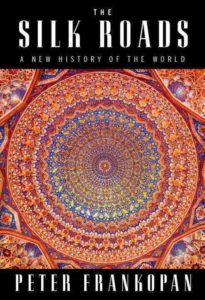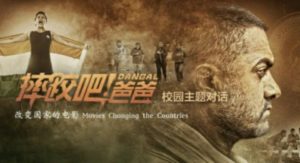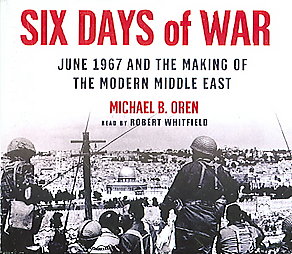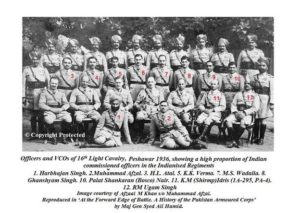A few days ago, Razib posted a piece about “Castes of Mind” that discussed Historian Nicholas Dirk’s book that argued that the Indian caste system as it exists may be (mostly) a colonial creation. I have not read Dirk’s book, but it is my impression (from hearing about it) that it is not superficial and has useful information and perspectives in it. Still, what less informed readers take from it, or what residue remains in the Zeitgeist from that book, is a tendency to blame evil British colonialism for whatever is worst about the caste situation in India. In that sense, it has joined the long (and growing) list of “Right Hand Path Orientalism” pieces, written by Western scholars eager to exculpate orientals when it comes to practices that are not in line with current fashions and opinions (as opposed to old fashioned “left hand path Orientalism”, which was much better informed (and far more useful), but frequently racist). Currently the most favored (and sometimes unwilling) recipients of this largess are Muslims, some of whose cultural and religious practices are now considered passe, but since the RightHandPath orientalists do not wish to “blame” Muslims for these views and practices, they prefer to find some way to blame colonialism, capitalism or some other aspect of modernity. A trivial but truly outstanding example is this astoundingly ignorant and illogical (but extremely well-meaning) piece about dogs and Islam.
Continue reading Right Hand Path Orientalism vs Left Hand Path Orientalism



